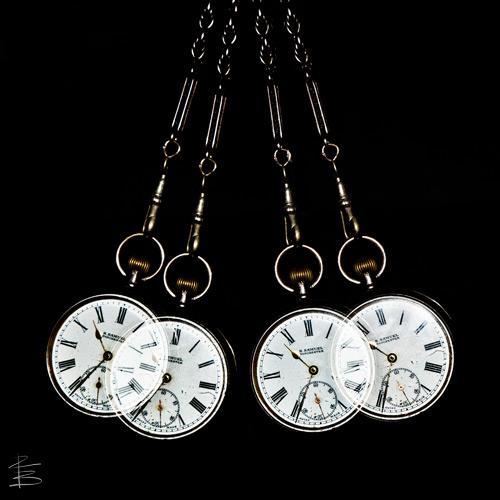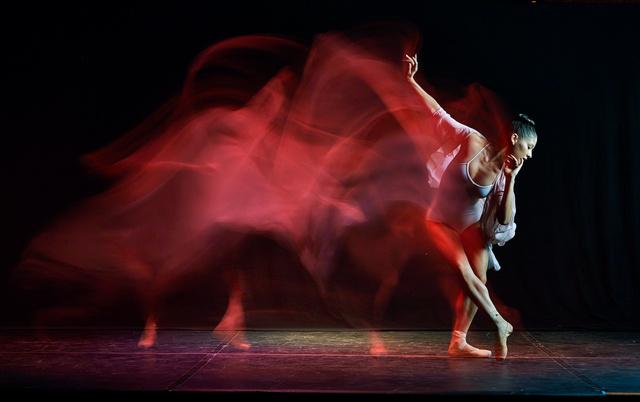Home › Forums › YPS Member Forum › Photo Techniques Forum › Using Flash with Outdoor Light
- This topic has 1 reply, 2 voices, and was last updated 6 years, 9 months ago by
 V MADHUSUDANA D RAO.
V MADHUSUDANA D RAO.
-
AuthorPosts
-
July 12, 2017 at 11:21 pm #2493
Flash is a great tool for filling in details even when the Sun is shining bright. But flash can also be used in creative ways in combination with existing light outdoor. We will see in this article, some examples of how to make creative photos using flash.
First, let us understand the differences between Flash Light and Outdoor Light:
Flash Light:
- Flash Light comes from a small sized light source and hence has the potential to cause shadows. Diffusers and bouncers are used to reduce this.
- Flash Light “falls-off” or reduces in power depending on the subject between the flash and the subject.
- Flash produces the same color of light (color temperature of 5500-6000 K) every time.
- Aperture setting affects the exposure from flash light.
- Shutter Speed does not affect the exposure from flash light.
- Varying Flash Power Output affects the exposure
Varying Flash Power Output also affects the duration of exposure. - Some flashes can produce strobe output, that is series of short lashes repeated a number of times.
Outdoor Light:
- Outdoor light could vary from hard Sunlight to Soft Light under the cloud to reflected light in shadows to low light in the night.
- Since outdoor light sources are millions of miles away, this rule does not apply.
- Outdoor light temperature can vary widely from 4000 K to 6000 K depending on atmospheric conditions and other reflective objects around.
- Aperture setting affects exposure from outdoor light.
- Shutter speed affects exposure from outdoor light.
- We cannot change the amount of light outdoor.
- Duration of exposure is controlled only by shutter speed.
- Outdoor light is uniform and constant.
Most cameras provide the following facilities while using a flash:
- Through the Lens metering just like metering of outdoor light
- Separate exposure compensation for flash
- Leading/Trailing Curtain Sync
Here are some interesting things you can do by combining flash with daylight:

- Night-like dark background in broad daylight – By severely underexposing the daylight, you can make the subject to be illuminated exclusively from flash driving the background dark and uncluttered.
- Freeze motion – By manually setting the flash power, you can reduce the flash duration to as much as 1/30,000th of a second. Lots of subjects can be frozen in much lower speeds. Combining this with technique 1, we can get subjects in sharp focus even when outside light is low.
- Produce series of images of a moving subject using the stroboscopic light output, like this oscillating watch from http://www.richardbeechphotography.com/articles_281546.html.
- Create images with a trail using Leading or Trailing Curtain Sync. Curtain Sync indicates when, with respect to the shutter, is the flash produced. If the flash is produced just as soon as the shutter is opened it is called Leading Curtain Sync. If the flash is produced just before the shutter is about to close, it is called Trailing Curtain Sync. Both these techniques are used with low shutter speeds so that the flash output freezes the subject while the remaining exposure allows you to create a trail of the subject. Here is an example from http://blog.sethhancock.com/category/lighting/.

These are just a few examples of how creative you can get. You can exploit all the differences mentioned in the table above to produce something creative and out o the world. Add your suggestions and ideas based on your personal experience on the Topic.
July 23, 2017 at 9:41 pm #2574Thanks a lot Murali, for sharing these useful details on the Flash light and it’s usage. I think it needs good amount of learning and trying out, much akin to learning the use of camera when one starts photography.
-
AuthorPosts
- You must be logged in to reply to this topic.

